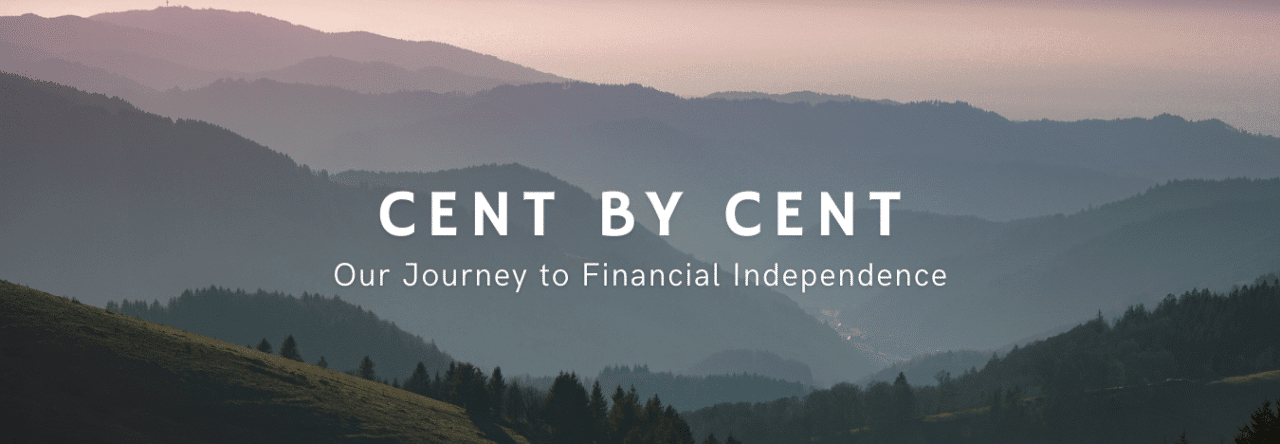The fulfillment curve changed my outlook on wealth.
“Lionel, you should always strive for more”
How many times have I heard this? Whether it was from parents, teachers, or managers. The common advice always seems to be you need more. Whether it is money, possessions, or likes. I was taught that if I want to win at life — I must be rich.
There is no such thing as enough.
The baseline of our society. Yet this constant race for more left me feeling empty. More = Happy right? I will be fulfilled the more I have. On the other hand, every new purchase makes me feel guilty. As my Financial Goals became clearer – I found fulfillment.
I never understood this feeling before I read “Your Money or Your Life” (the link is an affiliate link to Amazon to find the book). Vicki Robin introduces the concept of the fulfillment curve.

The idea is that fulfillment progresses along the curve before it hits a point of diminishing returns. It serves the idea that money=fulfillment no longer works. It works against us.
What happens after the peak?
Clutter strikes. Although, I have enough coats for 12 seasons, 1 more won’t harm me. It’s impossible to have too much money, right?
One thing leads to another, with more income comes more taxes, a larger house, and new “needs”. Yet at each upgrade, I feel less satisfied. I need to spend more to get a tenth of the thrill. As a teen, receiving a new phone felt exceptional. Last year, I bought the latest smartphone — the thrill lasted a day or two. 1 thought was on my mind once I left the shop. Have I really spent this much when my previous phone was fine? The familiar guilt was creeping in.
All these new luxuries and must-haves ended up crowding my flat. I recently moved and was appalled by the things I bought and never used. I was ashamed. How much money had disappeared?
I don’t want to know…
Not only was I losing money. I quickly realized that I could replace “money spent” with “time spent”. I started looking at how I spent my time. Forgetting an item on my weekly grocery run meant an additional trip. When I get passionate about something new the clutter is never far. I enjoy running. You’d think a pair of shoes would suffice. I quickly add all “recommended” paraphernalia. Not only did it have a financial cost, but it also took a lot of research time.
The ideal amount of money is that which neither falls within the range of poverty nor far exceeds it. — Seneca
Why I tied my Financial Goals to my values
I realized that when I fix a problem. I don’t ask what can I do but what can I buy. Materialism is more than wanting shiny things. Vicki Robin says it’s an easy substitute for problem-solving. I feel like I’m losing my resourcefulness.
Not only does “more” not lead to fulfillment. It has a terrible impact on the environment. Every purchase has an environmental cost. I decided that if I were to buy an unnecessary item it would be second hand. I’ll clutter my life but help the environment.

When is it enough?
Sorry to disappoint, I don’t have an answer. Enough is different for everyone. It’s also constantly evolving. What is enough as a single 25-year-old is not the same as a married 40 something.
Great isn’t it? Not only am I supposed to stop wanting more but it isn’t clear when. Vicki Robin defines it as:
“It’s appreciating and fully enjoying what money brings into your life yet never purchasing anything that isn’t needed and wanted”
To figure out what my Financial Goals are; I had to get to know myself. More precisely my spending habits. I divided my monthly expenses by category (food, shelter, clothing, etc.). At the end of the month, I review my expenditure and assess whether it brought value to my life. It has led me to save money without guilt.
When I spend time/money — I wonder if it aligns with my values. Not only did this approach quickly make the need for a budget disappear. It took the shame away from shopping. Every purchase is meaningful. When it isn’t I learn and change my habits.
Consistently thinking about the fulfillment curve led me to understand my patterns. I found peace of mind. I realized a treat loses its value if bought every day. If I want my Matcha Latte to feel special I should buy it less often.
Am I fulfilled?
I’m getting there. Understanding what your Financial Goals should be – is tough. Especially when you leave your home country. I had to find my financial “enough” alone. On the upside not having any l influence meant I could explore freely.
It led to me realizing — I don’t need to be rich. What is the point to have everything. What would I do with all of it? It’s liberating to have a new objective. I’m no longer aiming to be rich. My goal is to achieve an amount of wealth that lets me be true to my values.
Fulfillment might not be a given. Relearning what society teaches isn’t easy. Yet, this evolution feels wonderful. I feel lighter and the pressure has been alleviated. Join me on my journey to enough!
I would love to know how you have been setting your Financial Goals! Please share them in the comment box below. If you want to know more about Cent by Cent and what we do go to our homepage!

